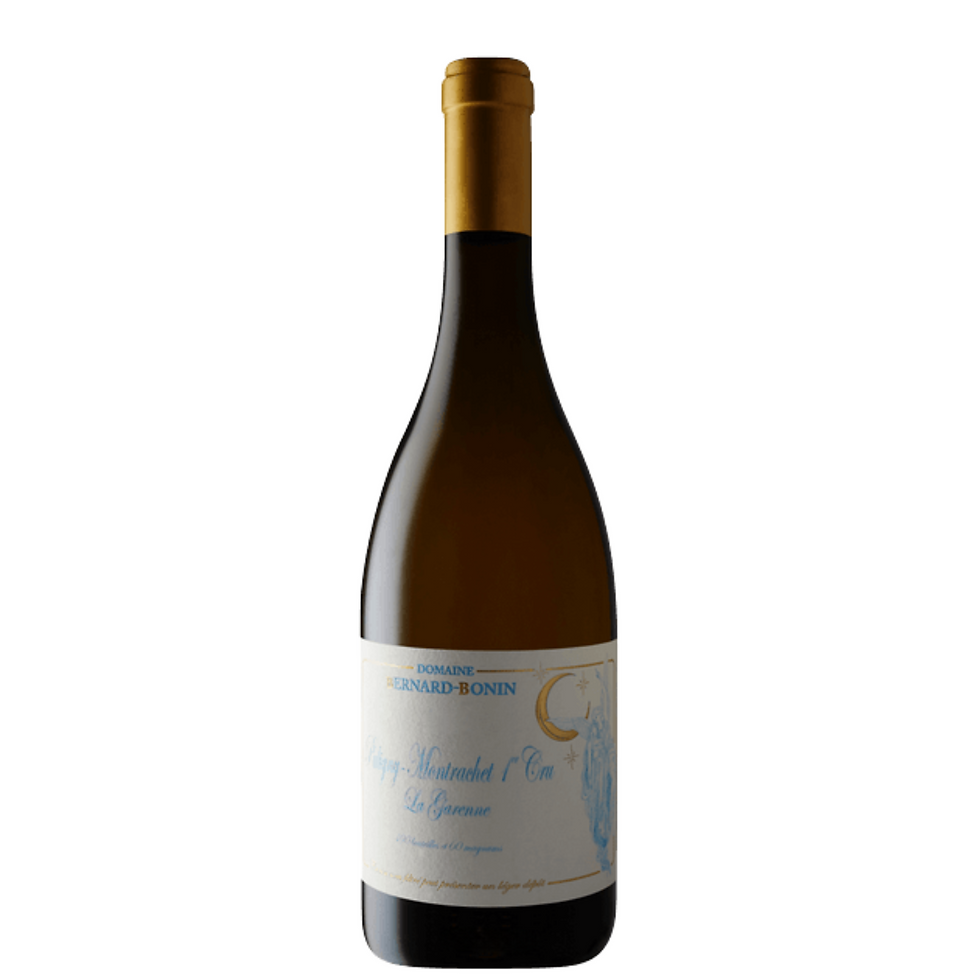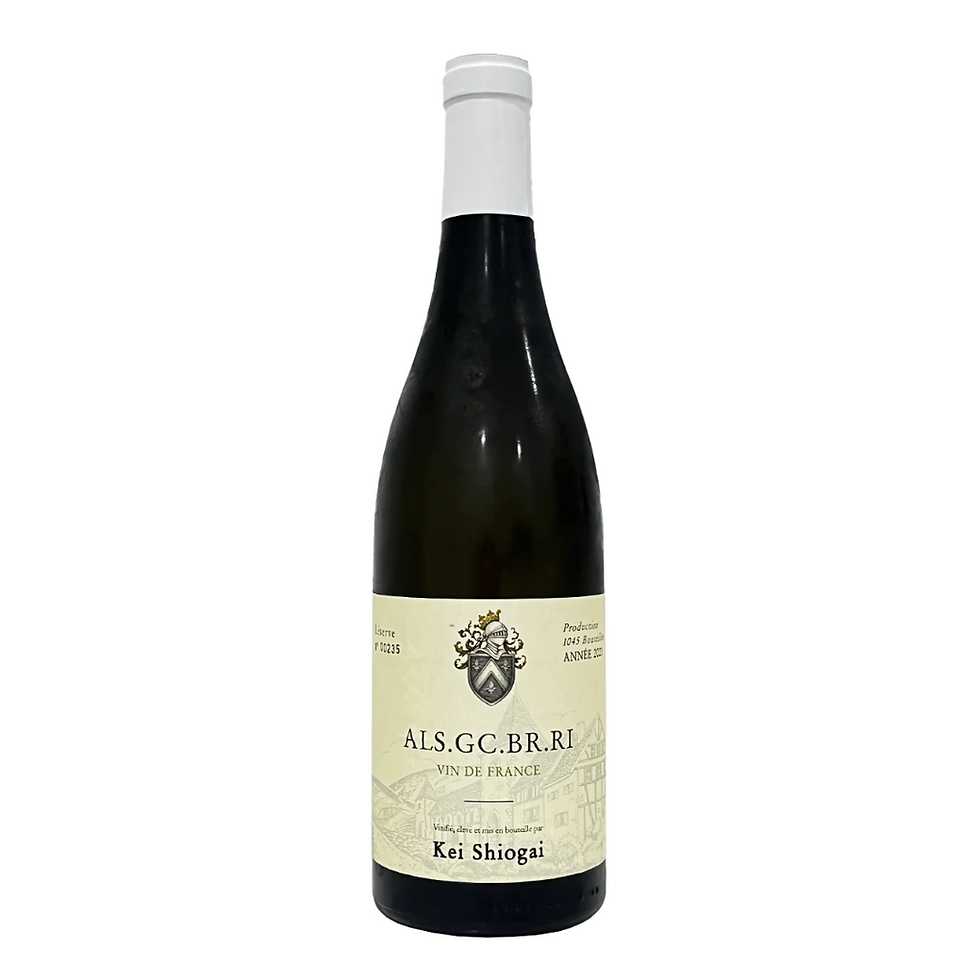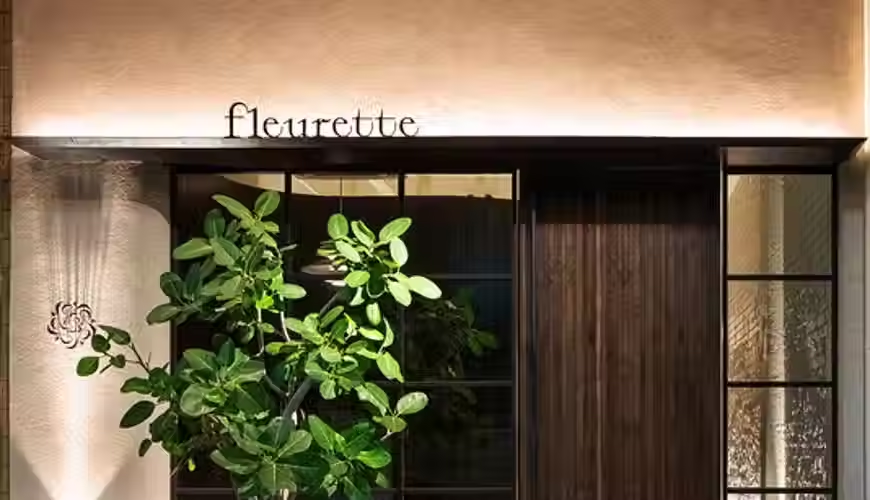6 Burgundy White Wines to Know: Backgrounds & Bottlings
- Wine Society

- Jun 11
- 3 min read
Burgundy’s white wines are as varied as they are revered. Behind each bottle lies a tapestry of history: famed vineyards, pioneering domaines, and vintages that defined eras. Below, we explore the backgrounds of six in‐stock gems—each showcasing a different facet of Burgundy white wines. Whether you’re drawn to biodynamic icons or historic Grand Crus, these selections deliver both story and substance.

Coche‐Dury Bourgogne Aligote 2021
Coche‐Dury’s reputation rests on micromanaged, biodynamic farming in Meursault. While best known for Chardonnay, they have elevated Aligoté—traditionally Burgundy’s “second” white grape—into a cult expression. The 2021 Bourgogne Aligoté sources fruit from high‐altitude parcels around Meursault and Pommard, farmed with the same rigor as their Meursault monopoles.
Vintage & Winemaking Notes:
2021 Vintage: Cool, late‐season conditions prompted extended hangtime, giving Aligoté unusual concentration without sacrificing vibrancy.
Vinification: Wild‐yeast fermentation in barrel, minimal sulfur, and extended lees aging yield finesse and depth.
Coche‐Dury’s Aligoté exemplifies the domaine’s philosophy: treat every parcel—regardless of appellation—with equal respect. The result is an Aligoté that boasts the minerality and layered complexity typically reserved for Premier Crus.

Coche‐Dury Corton‐Charlemagne Grand Cru 2006
Corton‐Charlemagne stretches across Aloxe‐Corton and Ladoix‐Serrigny hillside vineyards. In 2006, Jean‐François Coche inherited the domaine from his father and continued the biodynamic approach initiated in the 1980s. That vintage benefited from a warm, relatively dry growing season, producing Chardonnay of remarkable balance between power and acidity.
Vintage & Winemaking Notes:
2006 Vintage: Hot summer tempered by cool autumn nights. The grapes achieved phenolic ripeness alongside retained natural acidity.
Vinification: Whole‐cluster pressed, barrel fermentation with 25% new oak, followed by lees stirring. Minimal sulfur ensures purity.
2006 Corton‐Charlemagne from Coche‐Dury now shows evolved tertiary notes—honeyed orchard fruit, toasted almond, and crystalline minerality—while retaining its fresh spine. It’s a benchmark for aged Grand Cru whites.

Coche‐Dury Meursault 2019
Meursault’s reputation for richness and texture is embodied by Coche‐Dury’s eponymous bottling. Jean‐François Coche meticulously farms multiple Meursault lieux‐dits, including monopole holdings like Le Murot and several Premier Cru parcels, all farmed biodynamically.
Vintage & Winemaking Notes:
2019 Vintage: Warm, dry conditions yielded opulent fruit, yet Coche‐Dury’s cool‐climate sites maintained balance.
Vinification: Barrel fermentation with about 20% new oak, 12 months on lees, and minimal sulfur—preserving both Meursault’s luscious texture and stony minerality.
Coche‐Dury Meursault 2019 stands apart for its interplay of ripe melon and citrus peel with fine‐grained minerality—a direct window into the domaine’s singular Meursault terroirs.

Domaine Leflaive Bienvenues‐Batard‐Montrachet Grand Cru 2003
Domaine Leflaive, founded in 1717, pioneered biodynamics in Puligny‐Montrachet under Anne-Claude Leflaive in the 1990s. Bienvenues‐Bâtard‐Montrachet, a narrow, southeast‐facing parcel, sits just below the illustrious Bâtard‐Montrachet and has soil rich in limestone and clay.
Vintage & Winemaking Notes:
2003 Vintage: Heatwave year; grapes developed high sugar levels mitigated by Leflaive’s careful canopy management and early harvesting to preserve acidity.
Vinification: Fermentation in 100% new oak, extended barrel aging over 18 months, minimal batonnage to integrate texture.
The 2003 Bienvenues‐Bâtard‐Montrachet now displays mature flavors—honeyed apricot, dried pineapple, forest floor—while still carrying vibrant acidity and saline backbone emblematic of Leflaive’s biodynamic expression.

Domaine Bernard Bonin Puligny‐Montrachet La Garenne Premier Cru 2020
La Garenne is one of the most highly regarded Premier Crus in Puligny‐Montrachet, known for its pure, rocky soils that foster Chardonnay of elegance and tension. Bernard Bonin works with family‐owned parcels, practicing organic viticulture and whole‐cluster pressing.
Vintage & Winemaking Notes:
2020 Vintage: Warm, early vintage that avoided frost and hail. The combination of warm days and cool nights resulted in concentrated flavors with sustained acidity.
Vinification: Barrel fermentation (approximately 15% new oak), short malo‐lactic fermentation, and nine months on lees to enhance texture.
The 2020 La Garenne exemplifies Puligny’s hallmark—white flowers, green pear, and chalky minerality—showing Bonin’s commitment to capturing vineyard purity.

Kei Shiogai ALS.GC.BR.RI VdF 2021
Kei Shiogai is a Japanese winemaker who, after studying biodynamics in France, began sourcing small‐lot Aligoté fruit from Burgundy and vinifying in a minimalist style. While branded “VdF” (Vin de France), this bottling underscores the grape’s potential beyond strict appellation boundaries.
Vintage & Winemaking Notes:
2021 Vintage: Warm conditions produced healthy Aligoté clusters with ripe flavors balanced by vivacious acidity.
Vinification: Amphora fermentation for a portion of the blend, neutral oak for the rest, no filtration, minimal sulfur—resulting in an Aligoté of unique texture and terroir transparency.
The ALS.GC.BR.RI (a cryptic acronym referencing the soil parcels) reflects Shiogai’s experimental ethos. It stands as a modern, small‐producer counterpoint to traditional Burgundian whites—expressive, slightly textural, and fiercely terroir‐driven.

These six bottlings—ranging from Coche‐Dury’s transformative Aligoté to Leflaive’s storied Bienvenues‐Bâtard‐Montrachet—showcase the full breadth of Burgundy white wines. Each carries a legacy: historic domaines, pioneering biodynamics, and a precise reflection of vintage. As you select your next bottle, consider not just the flavors but the vineyards, winemakers, and philosophies that brought these wines to life. Santé!
_edited.png)



Comments